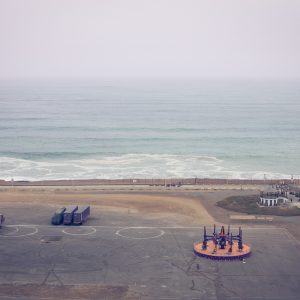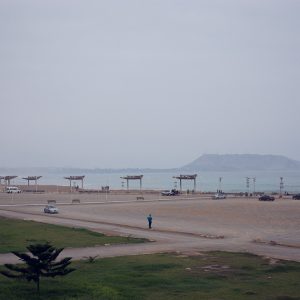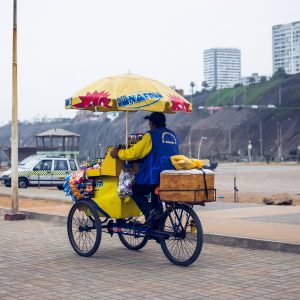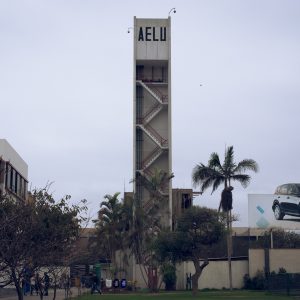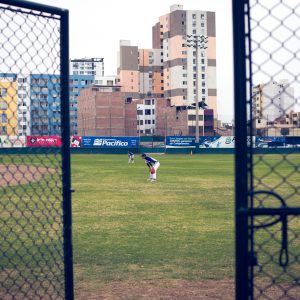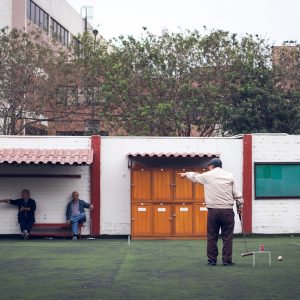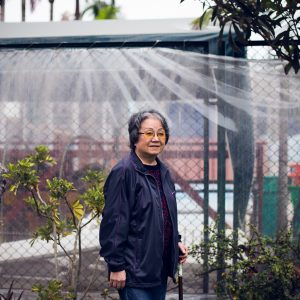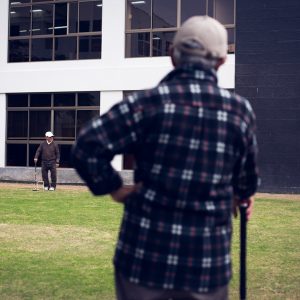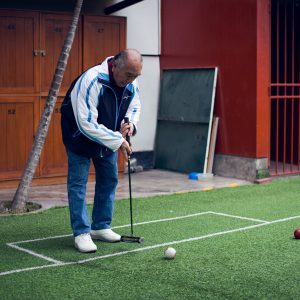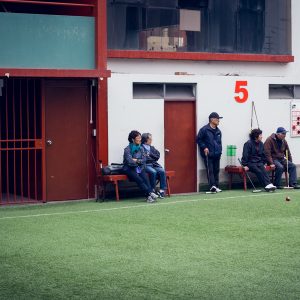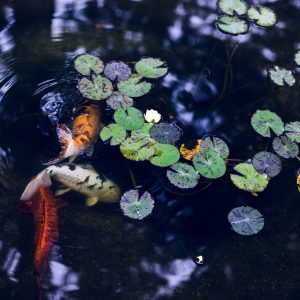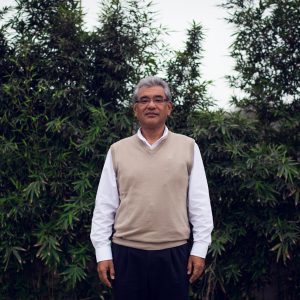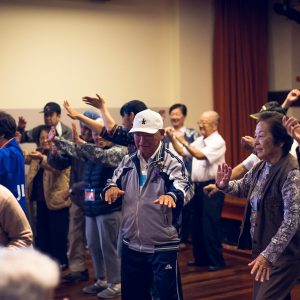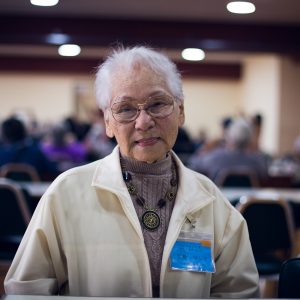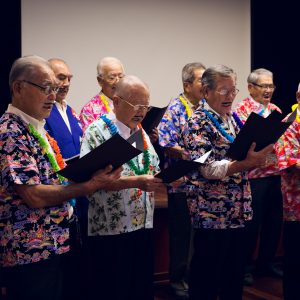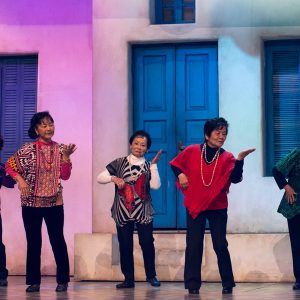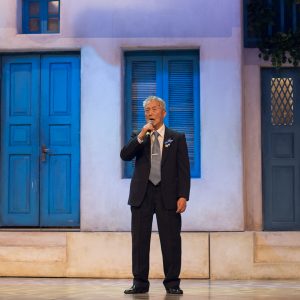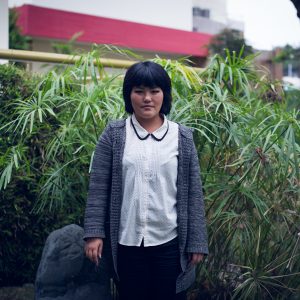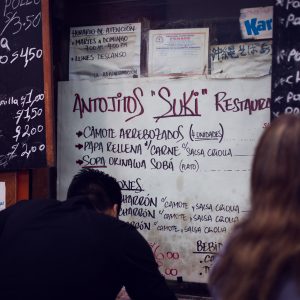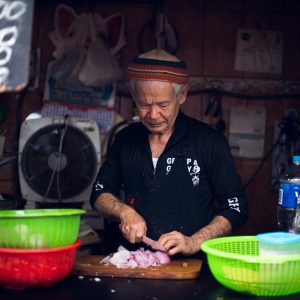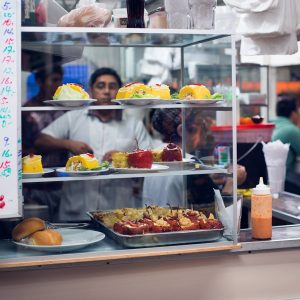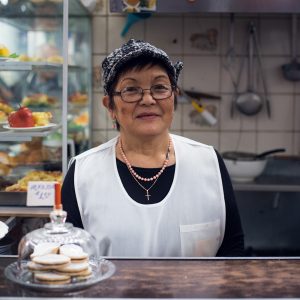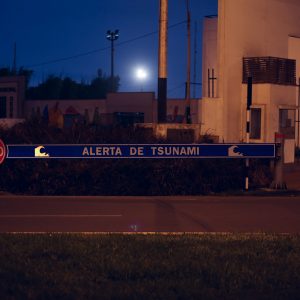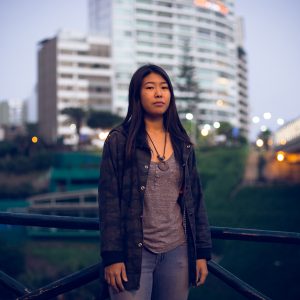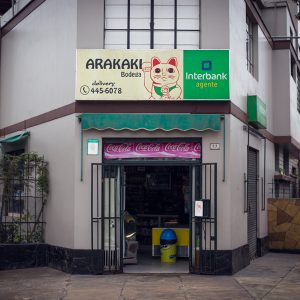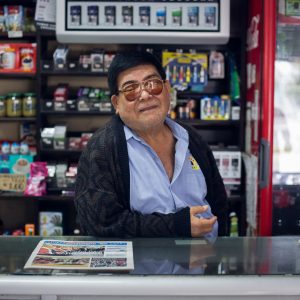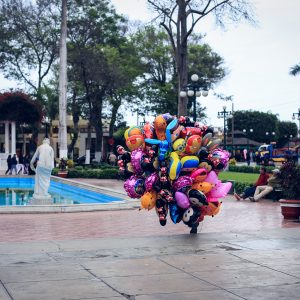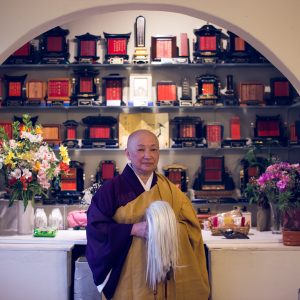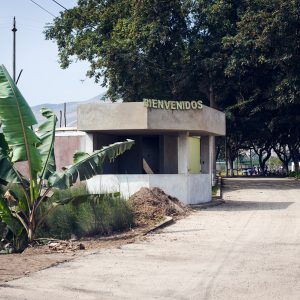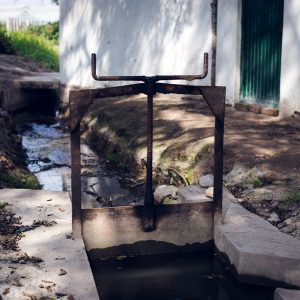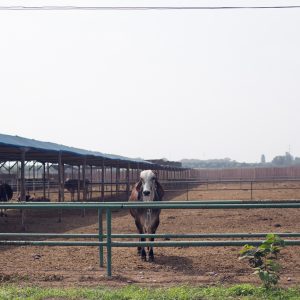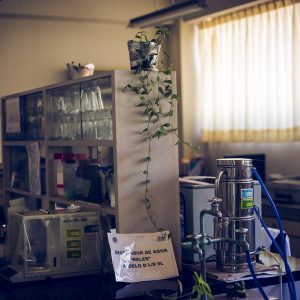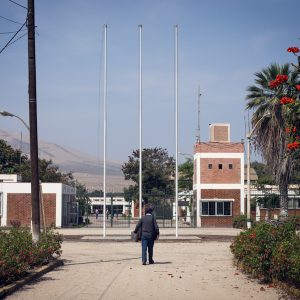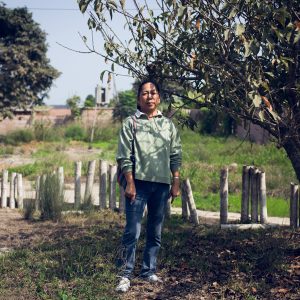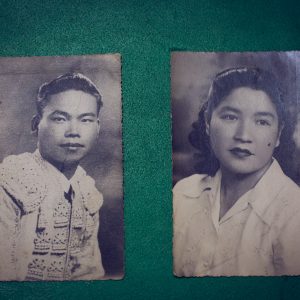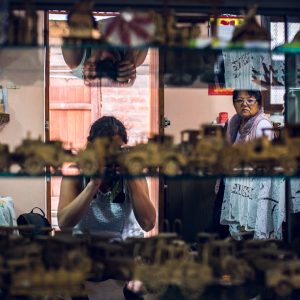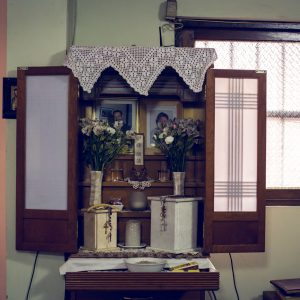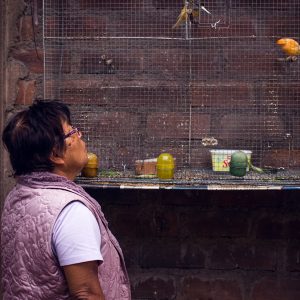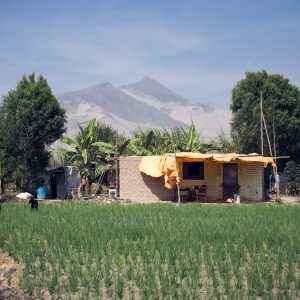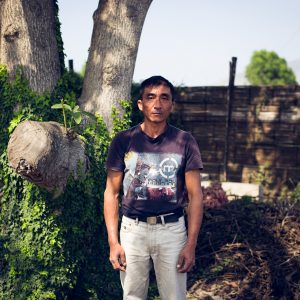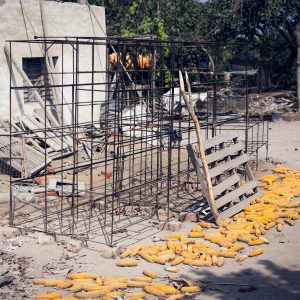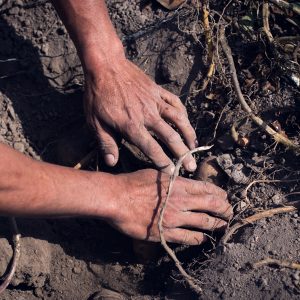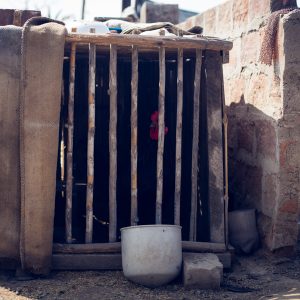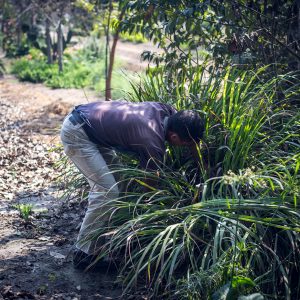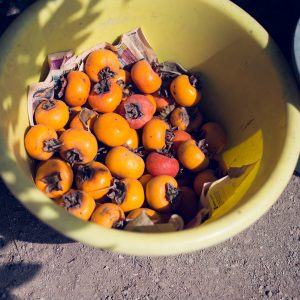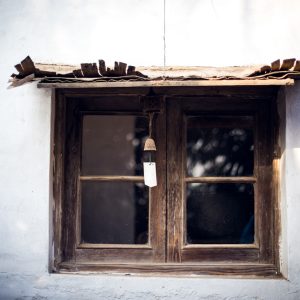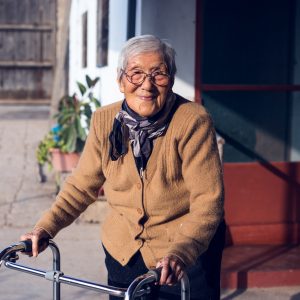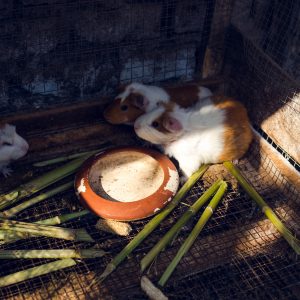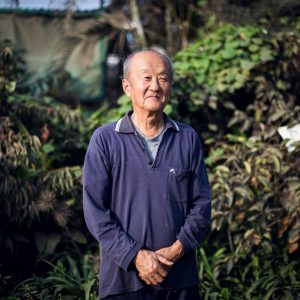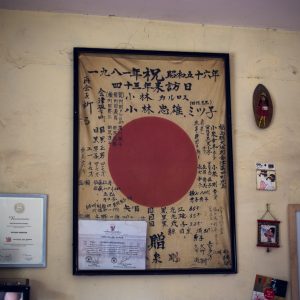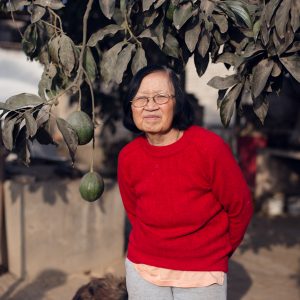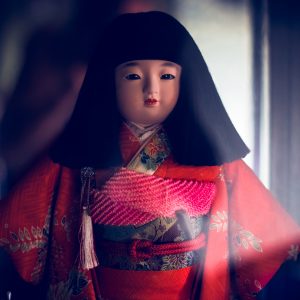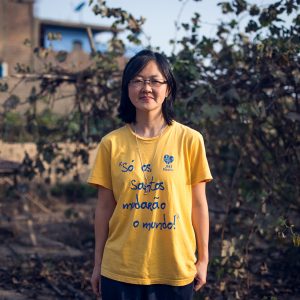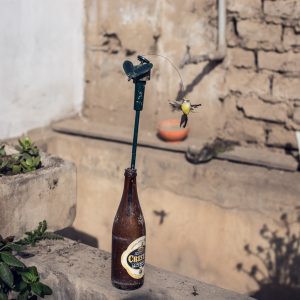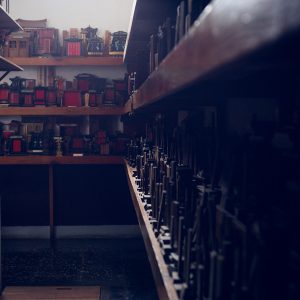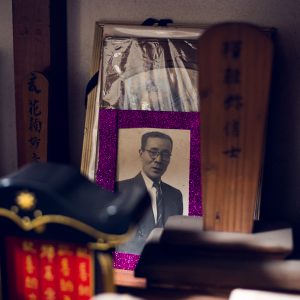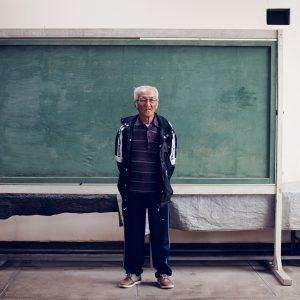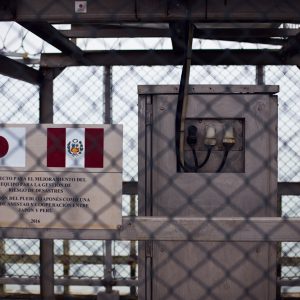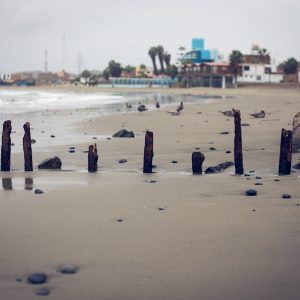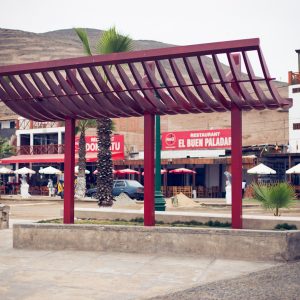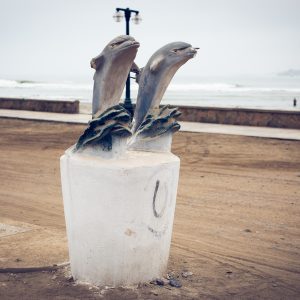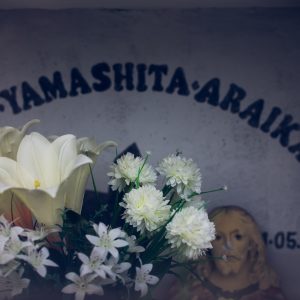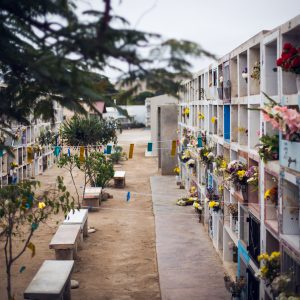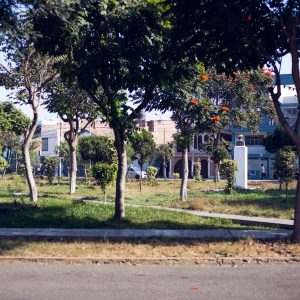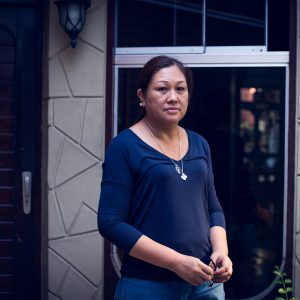Fifteen thousand kilometres from home, where the winter solstice emerges during summer. The bow of the Sakura Maru1 draws a frothing diagonal in the immensity of the Pacific. The steam boat lands in the port of Callao, then in Cerro Azul2. But where is the hill? On an April day, it is perhaps already veiled by a blanket of haze. The same that spreads from the North to the South of Lima and paints the capital in grey several months of the year.
In 1899, seven hundred and ninety men put their feet for the first time on this other continent. They were told that it is a land of gold and that it doesn’t snow there. The work in the sugar cane fields is far from the promised paradise but once their contract is finished, they will come back home. One day, the family who stayed in the country receives a portrait. They must find him a wife. Once in Peru, the young woman discovers that the photograph wasn’t exactly up-to-date : the young man has grown old.
Years go by, many leave the countryside and settle in Lima. They open hairdressing salons, bodegas3, bakeries, restaurants. Descendants are born. In the street, other Peruvians shout to women “Eh, China4!”. When they visit their relatives who stayed in Japan, they speak their language with a Spanish accent. Some go, undertaking the return never made by their parents or grand-parents. Over there, they become factory workers, cleaning men and ladies ; jobs that aren’t much-valued but the salary is good. Has El Dorado shifted? Everyday life is sometimes difficult there. They must learn to be at home nowhere. Fifteen thousand kilometres from each other, the two cultures are opposite.
1In English “Sakura” = Cherry tree, “Maru” = boat
2In English “Blue Hill”
3In English “off license”
4In English “Chinese woman”
• • •
A quinze mille kilomètres de chez soi, là où le solstice d’hiver surgit durant l’été. La proue du Sakura Maru1 trace une diagonale mousseuse dans l’immensité du Pacifique. Le bateau à vapeur débarque au port de Callao, puis à Cerro Azul2. Mais où est la colline ? Un jour d’avril, elle est peut-être déjà voilée par une nappe de brume. La même qui s’étend du Nord au Sud de Lima et peint la capitale en gris plusieurs mois dans l’année.
En 1899, sept cent quatre-vingt-dix hommes posent leurs pieds pour la première fois sur cet autre continent. On leur a dit que c’est une terre d’or et qu’il n’y neige pas. Le travail dans les champs de canne à sucre est loin du paradis promis mais une fois leur contrat fini, ils retourneront chez eux. Puis, un beau jour, la famille restée au pays reçoit un portrait. Il faut lui trouver une épouse. Une fois au Pérou, la jeune femme découvre que la photographie n’était pas tout à fait à jour : le jeune homme a vieilli.
Les années passent, beaucoup quittent la campagne et s’installent à Lima. Ils ouvrent des salons de coiffure, des bodegas3, des boulangeries, des restaurants. Les descendants naissent. Dans la rue, les autres péruviens crient aux femmes « Eh, China4 ! ». Quand ils rendent visite à leurs proches restés au Japon, ils parlent leur langue avec l’accent espagnol. Certains partent, entreprennent le retour jamais réalisé par leurs parents ou grand-parents. Là-bas, ils deviennent ouvriers d’usine, femmes et hommes de ménage ; des emplois moins valorisés mais le salaire est bon. L’Eldorado se serait-il déplacé ? La vie quotidienne y est parfois difficile. Il faut apprendre à être chez soi nulle part. A quinze mille kilomètres l’une de l’autre, les deux cultures sont opposées.
1En français « Sakura » = Cerisier, « Maru » = Bateau
2En français « Colline Bleue »
3En français « épicerie »
4En français « Chinoise »

